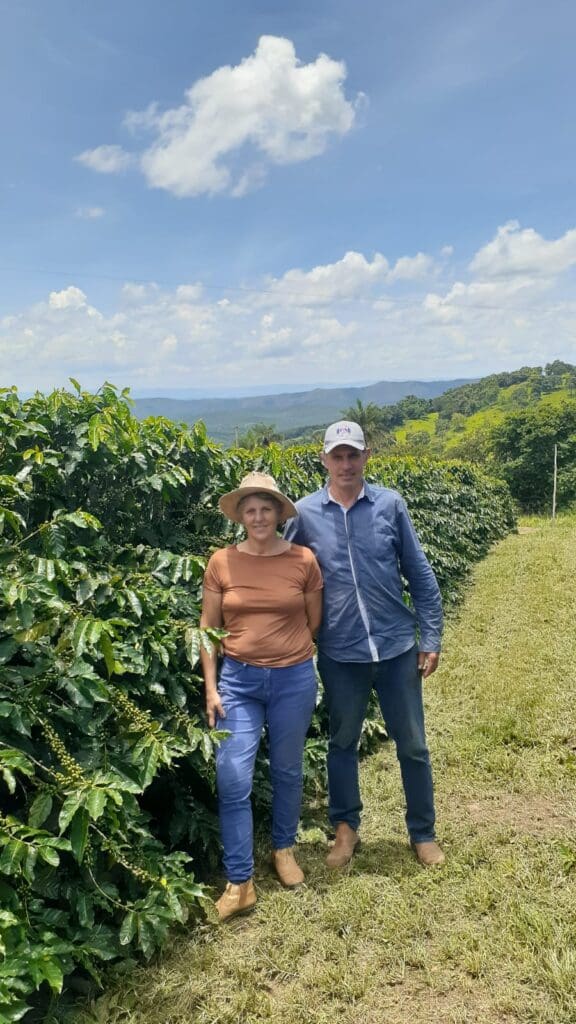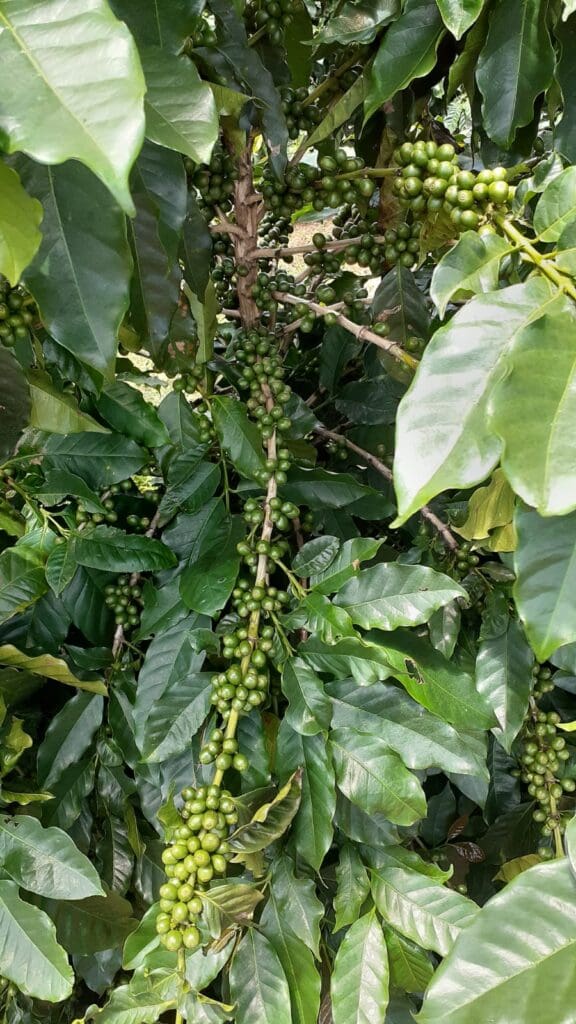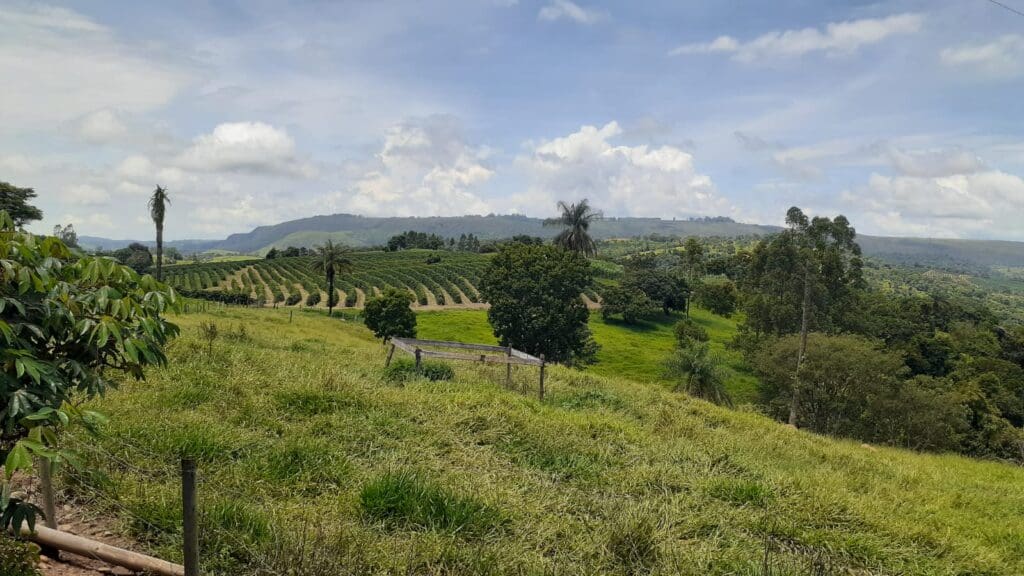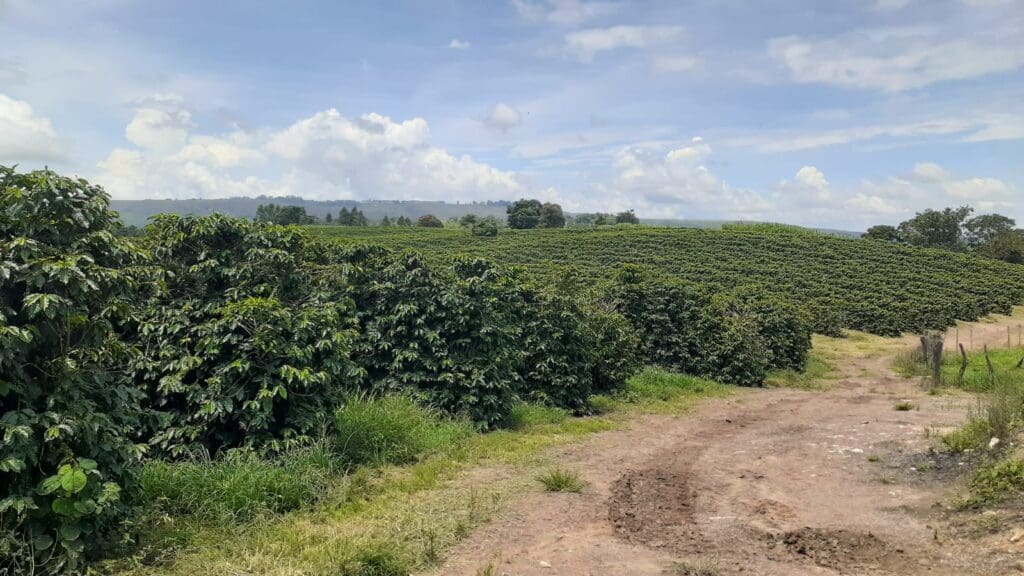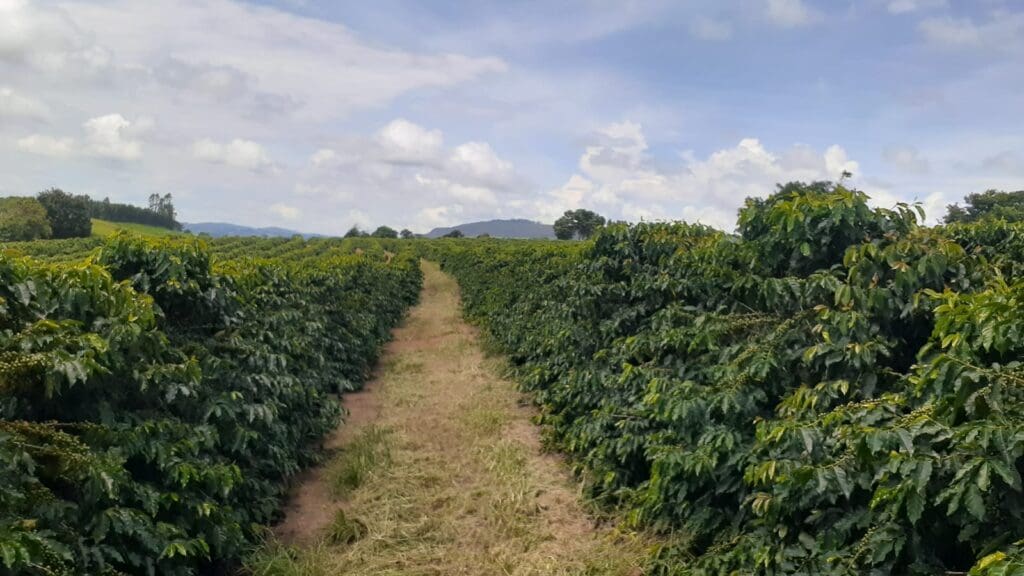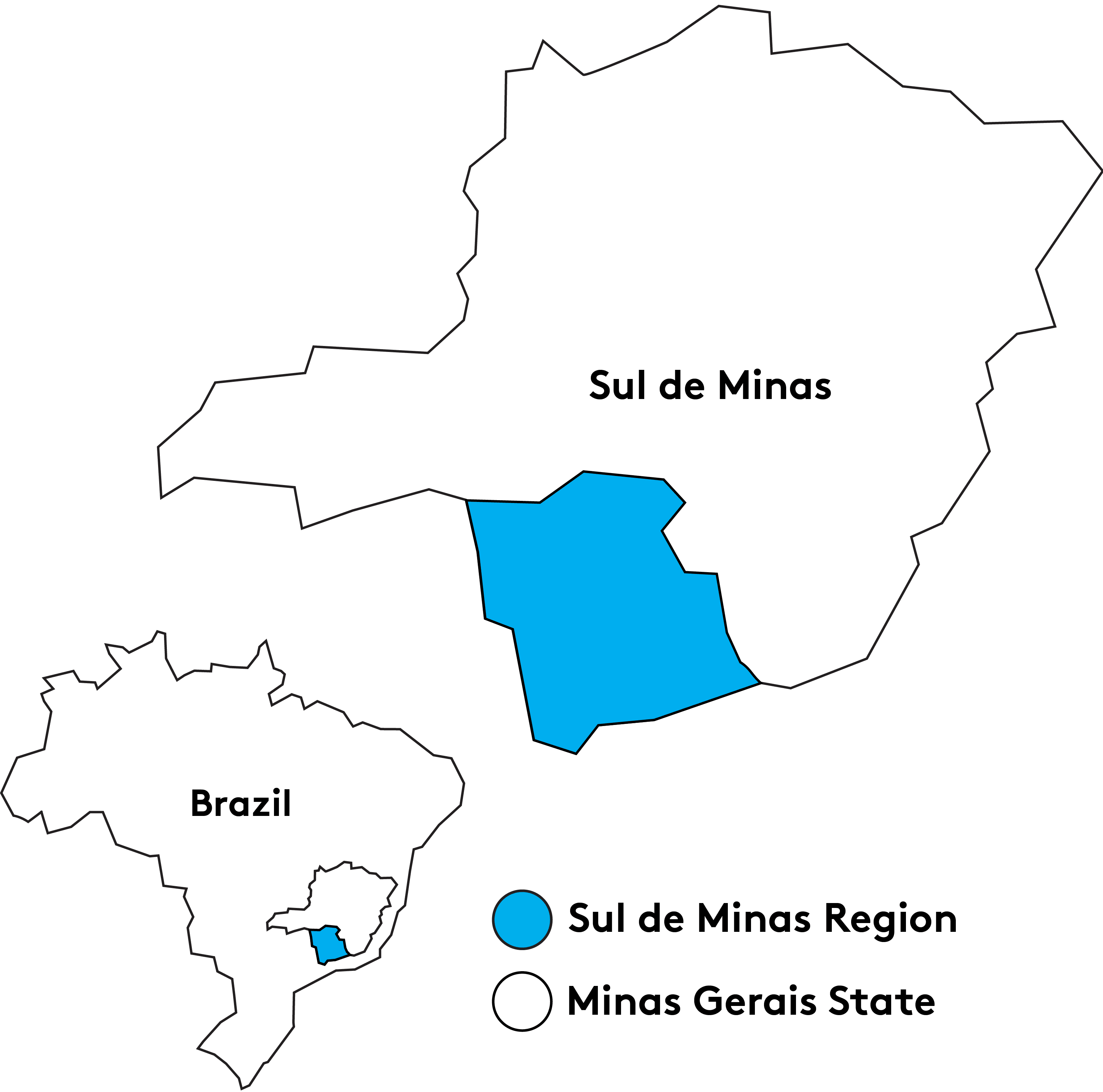Luiz Fernando de Oliveira always dreamed of owning his own land. Originally from Batatais, São Paulo, he made a bold decision in 2005: selling his house to purchase an 8-hectare area in Pratápolis, Minas Gerais, with 2 hectares already cultivated with coffee. Initially, his plan was dairy farming, but inspired by his father, he shifted his focus to coffee production.
With limited resources, Luiz Fernando relied on manual labor to establish his coffee plantation. During the week, he and his wife, Valéria, continued working in Batatais while dedicating weekends to farm work. Without infrastructure on the property, supportive neighbors played a crucial role in those early years.
The journey was not easy. A lack of skilled labor made every step more challenging, and all farm work—from planting to maintenance—was done manually. Despite these obstacles, Luiz Fernando persevered, reinvesting every possible resource to gradually expand his production.
Over the years, his wife became his sole helper in farm activities, as their two daughters pursued careers in agronomy. Even so, Luiz remains motivated, particularly with the recent rise in coffee prices, which has helped sustain his efforts.
In 2025: for the first time, the harvest will be done using machinery. Until now, every step had been manual, a practice Luiz believes is crucial for maintaining quality. The hope is that mechanization will enhance efficiency without compromising the coffee’s excellence.
Today, looking back on his journey, Luiz Fernando sees both the struggles and the triumphs. Family and community support have been vital in transforming his dream into a reality. As he continues forward, he remains committed to improving his production and securing a strong future for Pratápolis coffee.
Additional Information
Coffee-Planted Hectares: 9 ha
Total Farm Area: 32 ha
Flowering Months: November
Latitude: 20°49’28.4″S
Longitude: 46°44’57.7″W
Annual Production: 200 bags
Read more about coffee varieties of Brazil on our blog.

